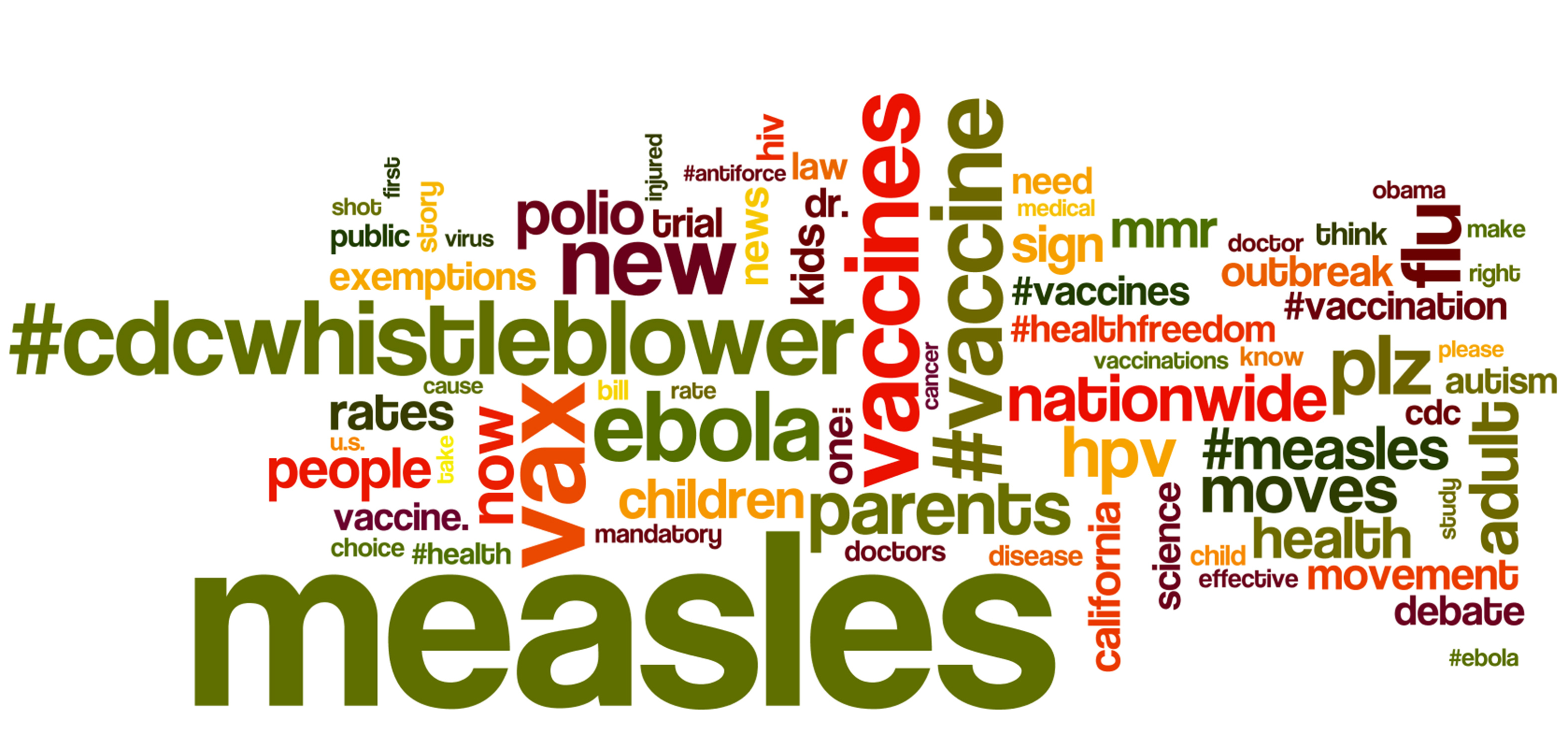Staphylococcus aureus, a formidable bacterial species, has long been a subject of scientific interest and concern due to its widespread prevalence and potential to cause various infections. Understanding the nature of Staphylococcus aureus and its impact on different individuals is crucial for both medical professionals and the general public.
This article aims to answer the question “What is Staphylococcus Aureus?” and provide an in-depth explanation of the vital components of staphylococcus aureus, encompassing its symptoms, modes of transmission, and the diverse range of populations that can be affected by it.
What Is Staphylococcus Aureus?
Staphylococcus aureus is a type of bacteria commonly found on the skin and in the nasal passages of humans. It is a gram-positive bacterium, meaning it retains a purple stain when subjected to the Gram staining method. Staphylococcus aureus is known for its ability to cause a wide range of infections in different parts of the body.
This bacterium can cause both mild and severe infections, ranging from skin and soft tissue infections, such as boils and abscesses, to more serious conditions like pneumonia, bloodstream infections, and even endocarditis (infection of the heart valves). Staphylococcus aureus is also a leading cause of healthcare-associated infections, particularly when it develops resistance to commonly used antibiotics, such as methicillin-resistant Staphylococcus aureus (MRSA).
Who Does Staphylococcus Aureus Affect?
Staphylococcus aureus can affect a wide range of individuals, regardless of age or background. However, certain individuals are more susceptible to Staphylococcus aureus infections. These include:
- Individuals with weakened immune systems: People with compromised immune systems, such as those with HIV/AIDS, undergoing chemotherapy, or organ transplant recipients, are at higher risk of developing severe Staphylococcus aureus infections.
- Elderly individuals: Aging can weaken the immune system, making older adults more susceptible to infections caused by Staphylococcus aureus.
- Young children: Children, especially infants, have developing immune systems that may be less effective at fighting off Staphylococcus aureus infections.
- Individuals with chronic illnesses: Those with chronic diseases like diabetes, heart disease, lung disease, or kidney disease may have weakened immune systems, making them more vulnerable to Staphylococcus aureus infections.
- Athletes: Athletes, particularly those involved in contact sports or activities with close physical contact, are at increased risk of acquiring Staphylococcus aureus infections through skin-to-skin contact or sharing equipment.
- Healthcare workers: Due to frequent exposure to patients and healthcare settings, healthcare workers have an increased risk of coming into contact with Staphylococcus aureus and may develop infections if proper infection control measures are not followed.
- Individuals in crowded environments: Living in crowded settings such as prisons, military barracks, or dormitories can increase the risk of Staphylococcus aureus transmission and outbreaks.
What Parts Of Your Body Are Affected By Staph Infection?
Staph infections can affect various parts of the body, including the skin and soft tissues, respiratory tract, bloodstream, bones and joints, heart, and surgical sites. Common manifestations include skin infections like boils, cellulitis, and abscesses, as well as respiratory infections, bloodstream infections, and infections in bones, joints, and the heart.

Prompt medical attention is important to prevent complications, as some staph infections can be severe and difficult to treat, especially those caused by methicillin-resistant Staphylococcus aureus (MRSA).
What Are The Staphylococcus Aureus Symptoms?
Staphylococcus aureus infections can manifest with various symptoms depending on the type and location of the infection. Here are the signs and symptoms commonly associated with staph infections:
What Are The Signs And Symptoms Of Staph Infection On The Skin?
- Redness and warmth: The affected area may appear red, inflamed, and feel warm to the touch.
- Swelling: Swelling or the formation of a raised bump or lump may be present.
- Pain or tenderness: The infected area can be painful or tender when touched or pressed.
- Pus or drainage: Pus-filled blisters, pustules, or abscesses may develop, and they may ooze or release pus.
- Crusting: The affected skin may develop crusts or scabs.
What Are The Signs And Symptoms Of Staph Infection On The Body?
- Fever: In systemic infections, such as bloodstream infections or pneumonia, fever is a common symptom.
- Chills: Chills or shivering may accompany the fever.
- Fatigue: Feeling excessively tired or lethargic can occur with systemic infections.
- Rapid heartbeat: An increased heart rate may be present in severe infections.
- Shortness of breath: In cases of respiratory tract infection or pneumonia, difficulty breathing or shortness of breath can be experienced.
- Muscle aches: Generalized body aches and muscle pain may occur.
Transmission Of Staphylococcus Aureus
Staphylococcus aureus can be transmitted through various means. Here are the common modes of transmission:
- Direct Contact: Staphylococcus aureus can spread through direct physical contact with an infected person or carrier. Wounds or contaminated surfaces can transfer the bacteria.
- Skin-to-Skin Contact: Close contact with an infected individual, such as hugging, kissing, or sharing personal items like towels or razors, can facilitate the transmission of Staphylococcus aureus.
- Contaminated Objects: Staph bacteria can survive on surfaces, objects, or equipment and can be transmitted when a person touches contaminated items. Common examples include doorknobs, shared utensils, gym equipment, and medical devices.
- Healthcare Settings: Staph infections, including drug-resistant strains like MRSA, can be acquired in healthcare facilities such as hospitals or clinics. Patients with compromised immune systems, surgical wounds, or invasive medical procedures are particularly vulnerable.
- Crowded Environments: Living or spending time in crowded places like dormitories, prisons, or military barracks increases the risk of staph transmission due to close proximity and shared living spaces.
- Poor Hygiene Practices: Inadequate hand hygiene, such as not washing hands properly or regularly, can contribute to the spread of Staphylococcus aureus. This is especially relevant after using the restroom, before handling food, or in healthcare settings.
What Are The Treatments For Staph Infection?
The treatment for a staph infection depends on the severity and type of infection. Here are some common approaches:
- Antibiotics: Most staph infections can be treated with antibiotics. The choice of antibiotic depends on factors such as the specific strain of Staphylococcus aureus and its susceptibility to different drugs. It is essential to complete the full course of antibiotics as prescribed by a healthcare professional.
- Incision and Drainage: In cases of abscesses or localized collections of pus, a healthcare provider may need to make an incision to drain the accumulated fluid. This procedure helps alleviate pain, promote healing, and prevent the infection from spreading.
- Wound Care: Proper wound care is crucial for staph infections on the skin. It involves cleaning the affected area with mild soap and water, applying antibiotic ointments, and covering the wound with sterile dressings to protect it from further contamination.
- Supportive Care: In instances of heightened severity, hospitalization may be required to provide appropriate supportive care.
- Intravenous antibiotics and other supportive measures, such as fluid replacement and pain management, can be provided in a hospital setting.
- MRSA Infections: Methicillin-resistant Staphylococcus aureus (MRSA) infections, which are resistant to certain antibiotics, may require alternative treatment options. Different antibiotics or a combination of drugs may be prescribed based on the susceptibility of the strain.
How To Prevent Staph Infection?
Now that we have explored the question ‘what is Staphylococcus Aureus?’, it is crucial to focus on preventive measures. By adopting good hygiene practices and taking necessary precautions, we can effectively prevent staph infections. Here are some key preventive measures to consider:
- Maintain proper hand hygiene by consistently washing your hands with soap and water.
- Avoid sharing personal items like towels and razors.
- Keep wounds clean and covered.
- Clean and disinfect frequently touched surfaces.
- Follow good respiratory hygiene by covering your mouth and nose when coughing or sneezing.
- Maintain healthy skin by keeping it clean and dry.
- Adhere to infection control measures in healthcare settings.
- Take precautions in crowded places.
- Stay informed about staph infections and follow guidelines from reputable health organizations.
By following these preventive measures, you can reduce the risk of staph infections and promote a healthier environment.
The World’s Largest Scientifically-Accurate Illustrations Gallery
Mind the Graph is a game-changing platform that offers scientists access to the world’s largest gallery of scientifically-accurate illustrations. With its visually stunning graphics and user-friendly interface, researchers can effortlessly create captivating visuals to communicate their research findings and concepts. By utilizing the platform’s extensive library and collaborative features, scientists can enhance the impact of their work, simplify complex ideas, and engage both scientific and non-scientific audiences.

Subscribe to our newsletter
Exclusive high quality content about effective visual
communication in science.





